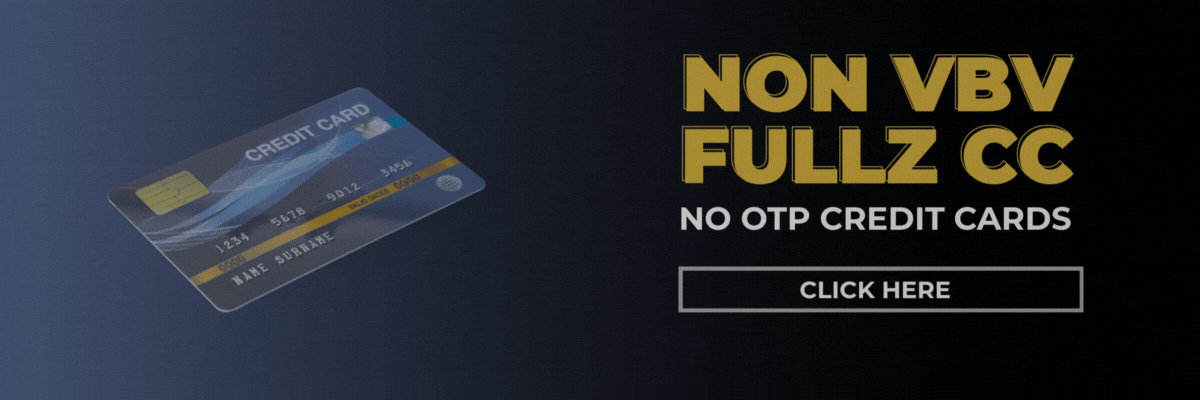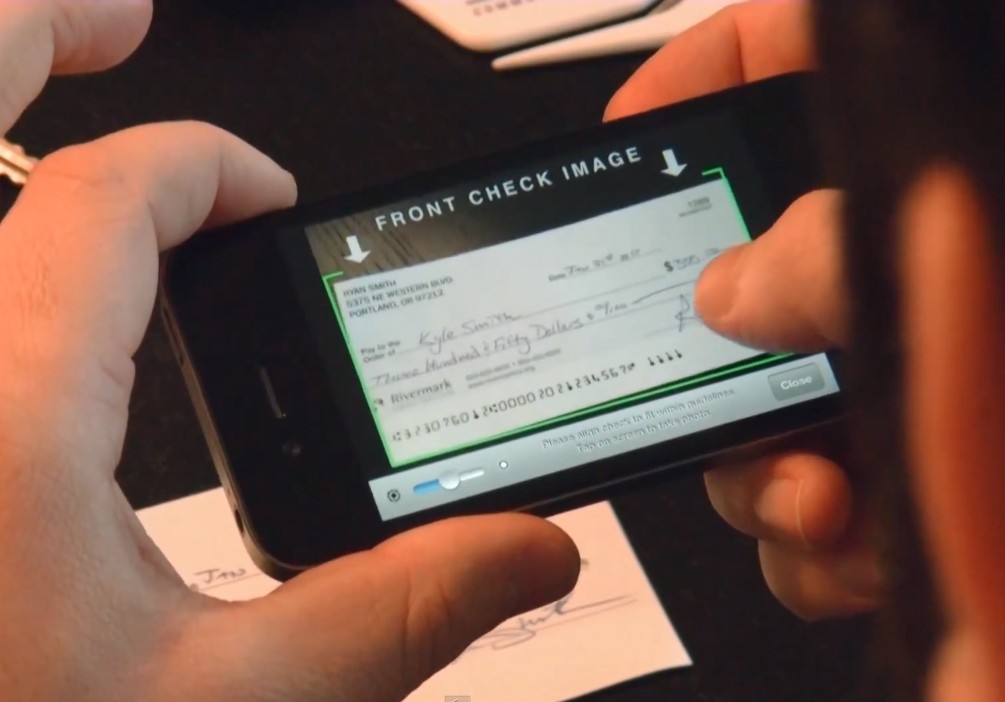In today’s digital age, online transactions have become an integral part of our lives. However, the security measures implemented by banks and financial institutions can sometimes be cumbersome.
Also read: The 2025 Guide to Understanding CC Dumps and Sites
This article delves into the intricate world of OTP (One-Time Password) bypass techniques, focusing on bank card verification codes and providing insights into various methods to navigate these security measures.
Understanding OTP and Bank Card Verification Codes
Before we explore bypass techniques, it’s crucial to understand what OTP and bank card verification codes are:
- One-Time Password (OTP): A dynamic security code sent to your registered mobile number or email for transaction verification.
- Bank Card Verification Code: A unique code associated with your card, often required for online purchases.
The Need for OTP Bypass
While OTPs enhance security, there are legitimate scenarios where bypassing them might be necessary:
- Lost access to registered mobile number
- International travel with limited phone access
- Technical glitches in OTP delivery systems
It’s important to note that bypassing OTP should only be done for legitimate purposes and with proper authorization.
Methods to Bypass OTP for Bank Card Verification
- Virtual Phone Numbers
Using a verified virtual phone number can be an effective way to bypass OTP:
- Sign up with a reputable virtual number provider
- Choose a number compatible with your bank’s region
- Use this number for OTP verification
- OTP Bypass Software
Specialized software tools exist that can intercept and bypass OTPs:
- Research and select a reliable OTP bypass tool
- Follow the tool’s instructions carefully
- Use responsibly and only for authorized purposes
- Disabling Two-Factor Authentication (2FA)
Some banks allow users to disable 2FA, effectively bypassing OTP:
- Log into your online banking portal
- Navigate to security settings
- Locate and disable 2FA (if available)
- Confirm changes with any required verification
- IP Matching Technique
Aligning your IP address with the card’s registered location can sometimes bypass OTP:
- Use a VPN to match the card’s country of origin
- Ensure the billing address matches the card details
- Attempt the transaction with this setup
Online Shopping Without OTP: Is It Possible?
While challenging, shopping online without OTP is possible in certain scenarios:
- Non-3D Secure Transactions: Some merchants don’t require OTP for transactions.
- Stored Card Information: Trusted websites may allow transactions without OTP for saved cards.
- Alternative Payment Methods: Consider using e-wallets or other payment platforms with different verification processes.
The Ethics and Legality of OTP Bypass
It’s crucial to understand the ethical and legal implications of bypassing OTPs:
- Only attempt OTP bypass on your own accounts or with explicit authorization.
- Be aware of your bank’s terms of service regarding security measures.
- Never use OTP bypass techniques for fraudulent activities.
Conclusion: Balancing Convenience and Security
While OTP bypass techniques can provide convenience in certain situations, it’s essential to prioritize security. Always use these methods responsibly and in compliance with your bank’s policies. Remember, the primary purpose of OTPs is to protect your financial assets, so any bypass should be approached with caution and only when absolutely necessary.
By understanding the intricacies of OTP bypass and bank card verification codes, you can navigate the digital financial landscape more effectively while maintaining the security of your transactions.















